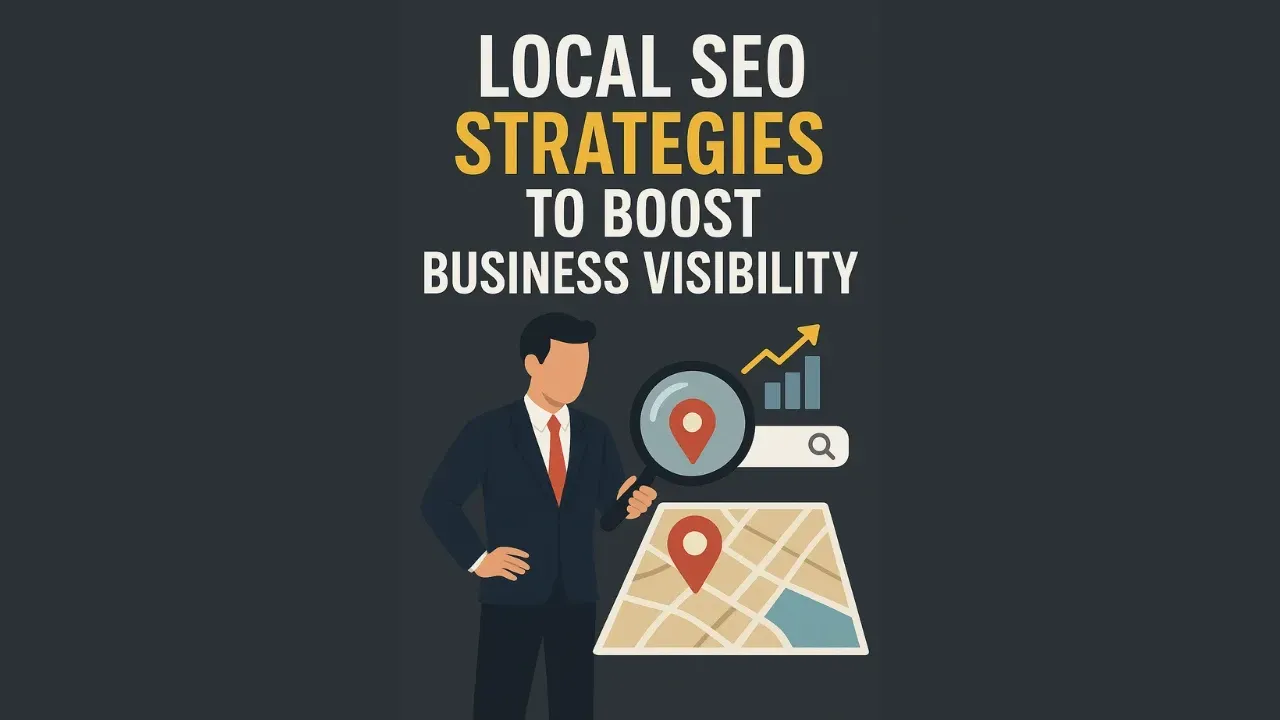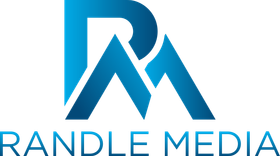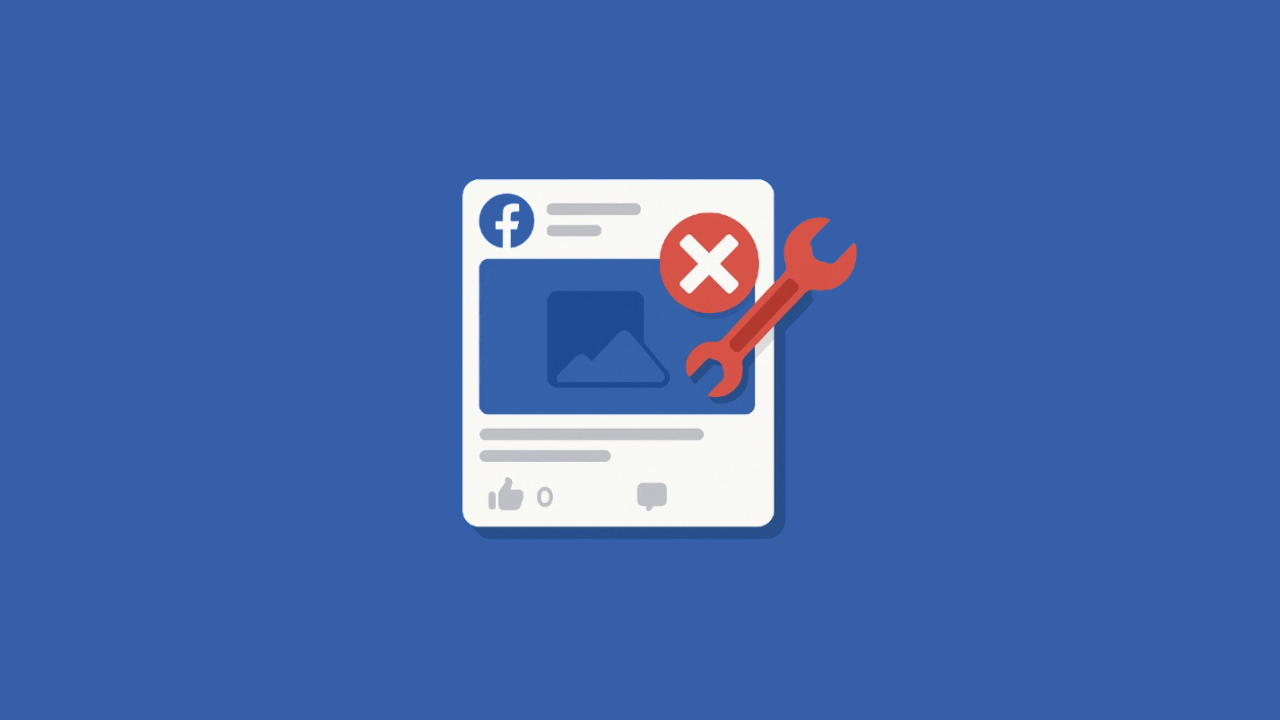Google vs Facebook Ads for NJ Small Businesses
Google Ads vs. Facebook Ads: Which Works Better for NJ Small Businesses?
If you run a small business in New Jersey, you’ve probably asked yourself a version of this question: “Should I put my budget into Google Ads or Facebook Ads?” It’s a fair ask. Both platforms are powerful, both can drive real revenue, and both can burn cash fast if you don’t use them thoughtfully. The answer isn’t one-size-fits-all, but there is a right mix for most New Jersey businesses depending on your goals, your customers, and your stage of growth.
At RANDLE MEDIA, we manage campaigns for local brands from Bergen County to Cape May, so we see what works in the real world. Below is a human, straight-talk guide to help you decide where to invest, when to blend, and how to get predictable results from Google Ads NJ and Facebook ads NJ.
The short answer (so you’re not left hanging)
● Choose Google Ads when customers are already searching for what you sell and you need sales or leads now. Think: “emergency plumber Jersey City,” “best pediatric dentist in Hoboken,” or “Italian catering Newark.” Intent is high; conversion can be fast.
● Choose Facebook (Meta) Ads when you need to build awareness, grow your audience, launch something new, or nurture interest with visuals and storytelling. Think: boutique fitness studios, new restaurants, real estate teams, med spas, ecommerce brands, and local events
● Use both when you want consistent growth: Google captures existing demand, Facebook creates new demand. Most top-performing paid ads New Jersey business strategies combine the two, but the ratio depends on your category and budget.
A quick primer: how each platform actually works
Google Ads (Search, Performance Max, YouTube, Display)
Google shows your ad when someone types a query or when its systems predict the right user/context. You “rent” visibility at the top of results. You win auctions by balancing bid, relevance, and landing page quality. Bottom line: you’re intercepting people who show intent right now.
Facebook/Instagram Ads (Meta)
You target by audience: interests, behaviors, lookalikes, and your first-party data (email lists, website visitors). The algorithm finds people likely to engage or convert based on your objective (traffic, leads, purchases). Bottom line: you’re creating attention and demand with creativity, not catching a search.
The New Jersey context matters more than you think
Running ads in NJ is not the same as running them in a sleepy suburb three states away. We’ve got dense competition, overlapping media markets (NYC/Philly), commuter schedules, and seasonal swings (Shore summers, back-to-school, holiday traffic, and snow-day spikes for home services). That means:
● Search competition is hot. In many NJ niches, cost-per-click is higher than national averages because there are more advertisers fighting over the same intent pockets.
● Geo-targeting is critical. Your radius around Montclair won’t behave like Cherry Hill. Even within a single county, town lines can change audience density and cost.
● Creative fatigue hits faster. In tight geos, the same people see your ad more often—so rotating creative on Meta (and testing extensions on Google) isn’t optional.
When Google Ads wins for NJ small businesses
1. High-intent local services
If you’re a plumber, electrician, HVAC tech, roofer, locksmith, or urgent dental care, most customers start at Google. “Near me” and city-based searches convert. For these categories, a well-structured
Google Ads NJ campaign with call extensions, location extensions, and a fast mobile landing page almost always outperforms Meta on cost per lead.
2. Professional services with clear queries
“Estate lawyer Newark,” “CPA Princeton,” “bookkeeping for contractors NJ.” When people know what they need, search captures it. Layer in call-only ads during office hours and Local Services Ads (where eligible) to stack visibility.
3. Retailers with urgent need or brand queries
If someone types your brand or “running shoes Jersey City today,” Google is where you close the loop. Pair branded keywords with Performance Max to catch bottom-funnel demand across Search, Maps, YouTube, and Shopping (if you sell online).
4. Measured, immediate ROI
If cash flow is tight and you need conversions this week (not just awareness), Google is the safer first move. You’ll see a clearer line from click to lead/sale.
Google best practices for NJ:
● Use
exact and phrase match for high-value terms; add negatives
every week to cut waste (e.g., “jobs,” “DIY,” “free,” out-of-state towns).
● Customize
ad schedules around NJ behavior (commute windows, weekend peaks for home services, lunch hours for “near me” restaurants).
● Turn on
location extensions and
call extensions; connect to your
Google Business Profile so your ads show with ratings and map pins.
● Test
Performance Max for local lead gen if you have clean conversion tracking. It can unlock maps + display + YouTube inventory cheaply.
When Facebook/Instagram Ads win in New Jersey
1. Visual categories where people “browse”
Gyms and studios, salons, med spas, restaurants, real estate, boutiques, kids’ activities—these thrive on Meta. People didn’t search, but they did stop scrolling for a great offer or a gorgeous before-and-after.
2. New launches and product discovery
Opening a new location in Morristown? Launching a Shore pop-up? Meta can saturate a neighborhood fast with video, stories, and Reels.
3. Community and event marketing
Street fairs, local classes, ticketed events, sports tryouts—Facebook ads NJ with event responses and lead forms can outperform search by a mile on cost per RSVP.
4. Retargeting and nurture
Even if Google drives the first click, Meta keeps your brand in the feed while someone decides. Think: testimonial videos, FAQs, and limited-time promos to nudge action.
Meta best practices for NJ:
● Start with
Advantage + audience OR 2–3 broad interest stacks; avoid over-narrowing geos on day one. Let the algorithm learn for 5–7 days.
● Build
three creative angles: (1) Offer/benefit, (2) Social proof (reviews from NJ clients), (3) Lifestyle/local vibe (footage in your town).
● Use local lingo and landmarks in ad copy (“Right off 287,” “steps from the PATH,” “five minutes from the Parkway”).
● Refresh creative every 2–4 weeks to prevent fatigue in tight NJ radiuses.
Targeting: intent vs. identity
● Google = intent targeting. You pay to be there when someone raises their hand (“AC repair Westfield”). The audience is smaller but hotter.
● Facebook = identity and behavior targeting. You pay to show up for people who look like your customers—even if they’re not shopping yet. The audience is bigger but colder.
In practice, most NJ service businesses start with Google to capture “ready now” leads, then add Meta to expand reach and lower overall acquisition costs over time.
Budget talk: How to split your first $2,000/month
If you’re launching paid ads in New Jersey with a $2,000 monthly budget, here’s a solid starting framework (adjust after 30–45 days):
● Local services (urgent or high intent): 70% Google / 30% Meta
○ Google: $1,400 on Search + extensions; test $100–$200 on Performance Max.
○ Meta: $600 for retargeting + one awareness/offer campaign.
● Lifestyle, retail, restaurants, fitness: 40% Google / 60% Meta
○ Meta: $1,200 across awareness (video), engagement (Reels), and conversion (lead or shop).
○ Google: $800 on brand + a few core category terms; test YouTube for reach
● Ecommerce (shipping from NJ or local pickup): 50% Google / 50% Meta
○ Google: Performance Max and Shopping feed dialed in.
○ Meta: Catalog ads, Reels with UGC, and retargeting to cart viewers.
These are not rules, just high-confidence starting points we’ve seen work for paid ads New Jersey business accounts.
Creative and copy: speak like a neighbor, not a brand robot
No one in NJ wants vague corporate-speak. We move fast, we check reviews, and we expect clear offers. Tips:
● Lead with the benefit and the town: “Same-day AC repair in Edison—$49 diagnostic today only.”
● Use real photos: your storefront, your team in Rutherford, your food plated in Asbury Park.
● Show proof: “1,200+ 5-star reviews from NJ homeowners.” Include a screenshot or short video pan of your Google rating.
● Make the next step obvious: “Tap to book a 10-minute consult,” “Call now—phones answered by friendly professionals.”
● On Meta, captions matter: Write like you talk. A little Jersey flavor goes a long way.
Landing pages and forms: Small hinges, Big doors
● Speed first: If your page loads slowly on a NJ commuter’s train signal, you’re done. Aim sub-2 seconds on mobile.
● One page per intent: Don’t send every click to your homepage. Create tightly matched pages: “Roof Leak Repair—Middlesex County,” “Braces Consult—Paramus.”
●
Lead forms vs. calls: For urgent services, add a call now button and click-to-text. For considered purchases, test Meta’s native lead forms vs. your site’s form; sometimes native forms convert more but need stronger qualification.
Tracking and measurement: the grown-up stuff no one brags about
● Install
Google Analytics 4, set up conversion actions properly, and import
offline conversions (closed deals) if you can.
● Use
UTM parameters to track campaigns in your CRM (e.g., “utm_source=google&utm_campaign=roof-repair-nj”).
● In Meta, verify your domain, configure
Aggregated Event Measurement, and feed back
purchase or
qualified lead data when possible.
● For phone-heavy businesses, use
call tracking numbers by channel; NJ lead gen lives and dies by phone attribution.
Great creative with bad tracking looks like bad creative. Don’t skip this.
What results can a NJ small business expect?
Every niche is different, but here’s a ballpark based on dozens of accounts we’ve optimized:
● Google (local services)
○ Cost per click: $4–$30 depending on niche competitiveness
○ Landing page conversion rate: 10–30% with strong offer + fast page
○ Cost per lead: $40–$250 (lower with tight keywords & negative list)
● Facebook/Instagram (local services & lifestyle)
○ CPM: $6–$20
○ Click-through rate: 0.8–3% (higher for video/Reels)
○ Cost per lead: $10–$120 (depends on form quality and follow-up speed)
The delta is big because offer, creativity, and speed to lead change everything. A med spa answering leads in 5 minutes will always beat a competitor replying tomorrow.
Three NJ mini-playbooks (steal these)
1). Home service in Union County: “Own the intent, mop up with retargeting”
● Google: Exact/phrase campaigns for “water heater repair,” “emergency plumber,” “leak detection” + city terms. Call extensions; 7am–9pm schedule.
● Meta: Two video ads (owner intro + customer testimonial) targeting 5–10 mile radius; retarget site visitors with “$49 diagnostic” offer.
● KPI: < $120 per qualified lead; answer calls within 60 seconds.
2). Boutique fitness in Hoboken: “Build buzz, make it easy to try”
● Meta: Reels showing real classes, member transformations, and a “2 weeks for $39” founder offer. Use Advantage+ placements.
● Google: Branded terms + “pilates Hoboken,” “HIIT Hoboken,” “spin near me.”
● KPI: $10–$25 cost per booked intro; track show rate and freeze churn.
3). Ecommerce from Middlesex County: “PMax for demand; Meta for discovery”
● Google: Performance Max with clean product feed, high-res images, and valid GTINs.
● Meta: UGC-style videos + dynamic catalog retargeting.
● KPI: 2–4x blended ROAS in 60–90 days; watch returning vs. new customer split.
Common mistakes we fix all the time
● Sending all traffic to the homepage. Fix: build intent-matched landing pages.
● Over-targeting on Meta. Fix: start broader; let the algorithm learn, then narrow.
● Ignoring negatives on Google. Fix: weekly negative-keyword hygiene—especially out-of-state towns and job seekers.
● No creative rotation. Fix: plan new Meta creatives every 2–4 weeks; refresh Google ad assets monthly.
● Not nurturing leads. Fix: add SMS + email sequences and call within five minutes. In NJ, responsiveness wins.
Google Ads vs. Facebook Ads: a simple decision tree
1. Do people actively search for what you sell
○ Yes → Start with Google. Layer Meta for retargeting and expansion.
○ No / not much → Start with Meta to create demand; add Google for brand + category coverage.
2. Is your budget tight and you need immediate ROI?
○ Yes → Heavier Google skew.
○ No → Test both; let data shape the mix.
3. Is your offer easy to show visually?
○ Yes → Lean into Meta video/Reels; support with Google.
○ No → Lean into Google with persuasive copy and proof.
SEO note: use your paid insights to power organic
Your highest-converting Google keywords and Meta hooks are also your best SEO opportunities. Build local pages and blog posts around the phrases that drive paid conversions (“Septic tank pumping Monmouth County,” “Best wedding caterer in Princeton”). Over time, this reduces your cost of acquisition because you earn free clicks alongside your Google Ads NJ coverage.
The blended strategy most NJ small businesses end up with
After 60–90 days of testing, many New Jersey advertisers converge on a rhythm like this:
● Google Search: Core non-branded queries that convert; strong negatives; location and call extensions; brand protection.
● Performance Max (select accounts): To expand reach cheaply while still hitting conversion goals, especially when paired with high-quality first-party data.
● Meta Prospecting: 2–3 creative angles in video + static; local flavor; clear offer.
● Meta Retargeting: Social proof + urgency + FAQs; 7–14 day windows to catch fence-sitters.
● Email/SMS Follow-Up: Because leads don’t convert themselves.
● Monthly Creative/Keyword Refresh: Prevent fatigue; chase what’s converting.
This approach balances capturing hot demand with seeding tomorrow’s customers—exactly what a paid ads New Jersey business needs to grow without constantly spiking spend.
Quick checklist before you spend another dollar
● Clear, local offer (bonus if time-bound)
● Fast, mobile-first landing page tied to single intent
● Tracking set up: GA4, conversions, call tracking, UTMs
● Google: exact/phrase + negatives; extensions live; ad schedule tested
● Meta: at least 3 creatives, 2 captions, and 1 lead form variant
● Follow-up process: calls in 5 minutes, SMS/email sequence
● Weekly optimization cadence with decisions based on cost per qualified lead or blended ROAS, not vanity metrics
So, which works better for NJ small businesses?
The honest answer: both—when each plays its part.
Think of your marketing like a great Jersey deli order: Google Ads handles the “I’m hungry right now” crowd—people actively searching, ready to buy. Facebook and Instagram meet your neighbors where they are, spark curiosity, and keep your brand top of mind until they’re ready.
If you need leads today, Google Ads NJ captures intent fast. If you need steady growth, community presence, and a full pipeline next month, Facebook ads NJ build the audience and trust that make buying feel easy. Together, they lower your blended cost per acquisition and make your revenue more predictable—the sweet spot for any paid ads New Jersey business.
The playbook is simple:
1. Use Google to catch hot demand.
2. Use Meta to create new demand.
3. Let your data decide the monthly mix.
When you’re ready to tune that mix—season by season, town by town—RANDLE MEDIA is here to help you turn clicks into customers across New Jersey.
Recent Posts






